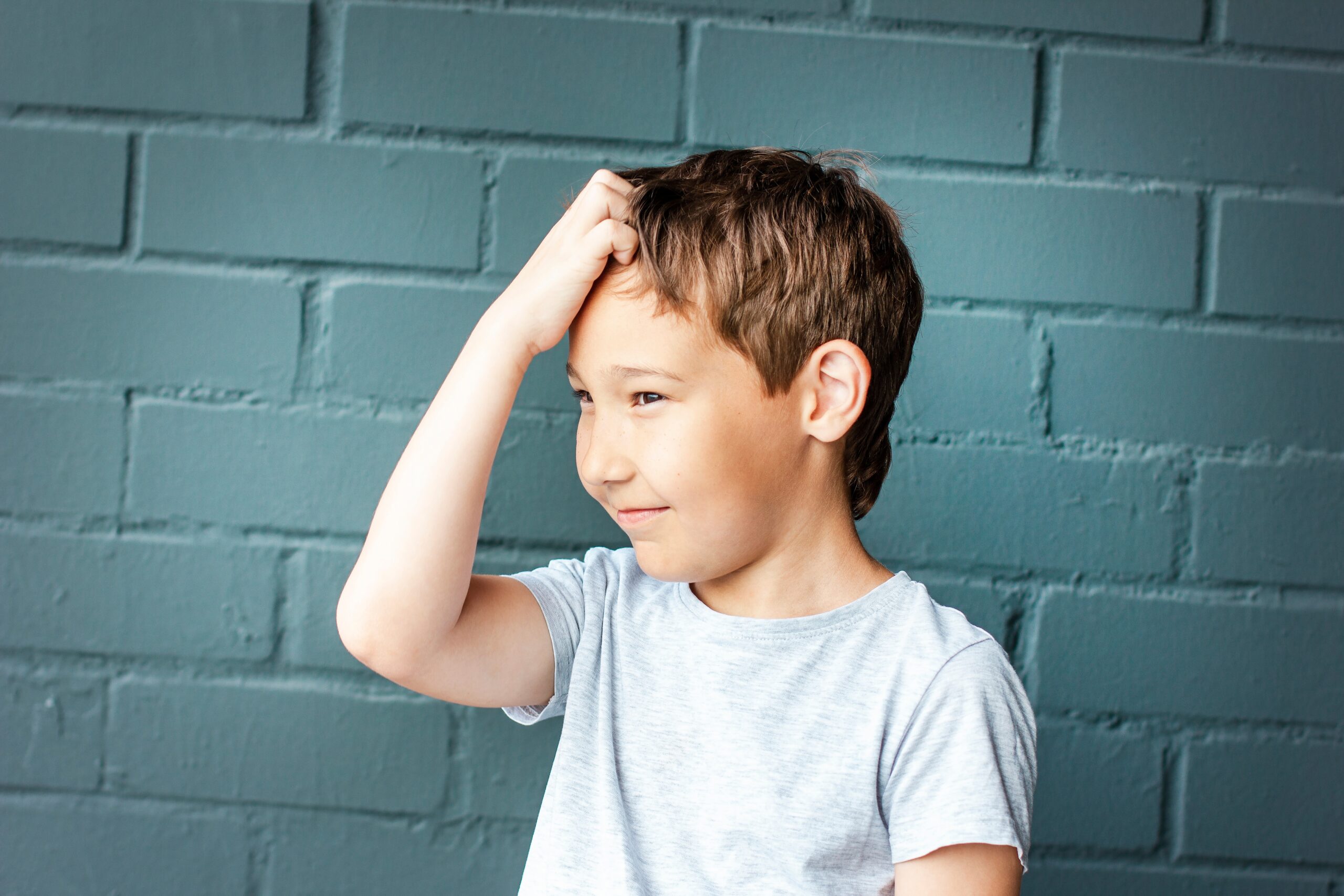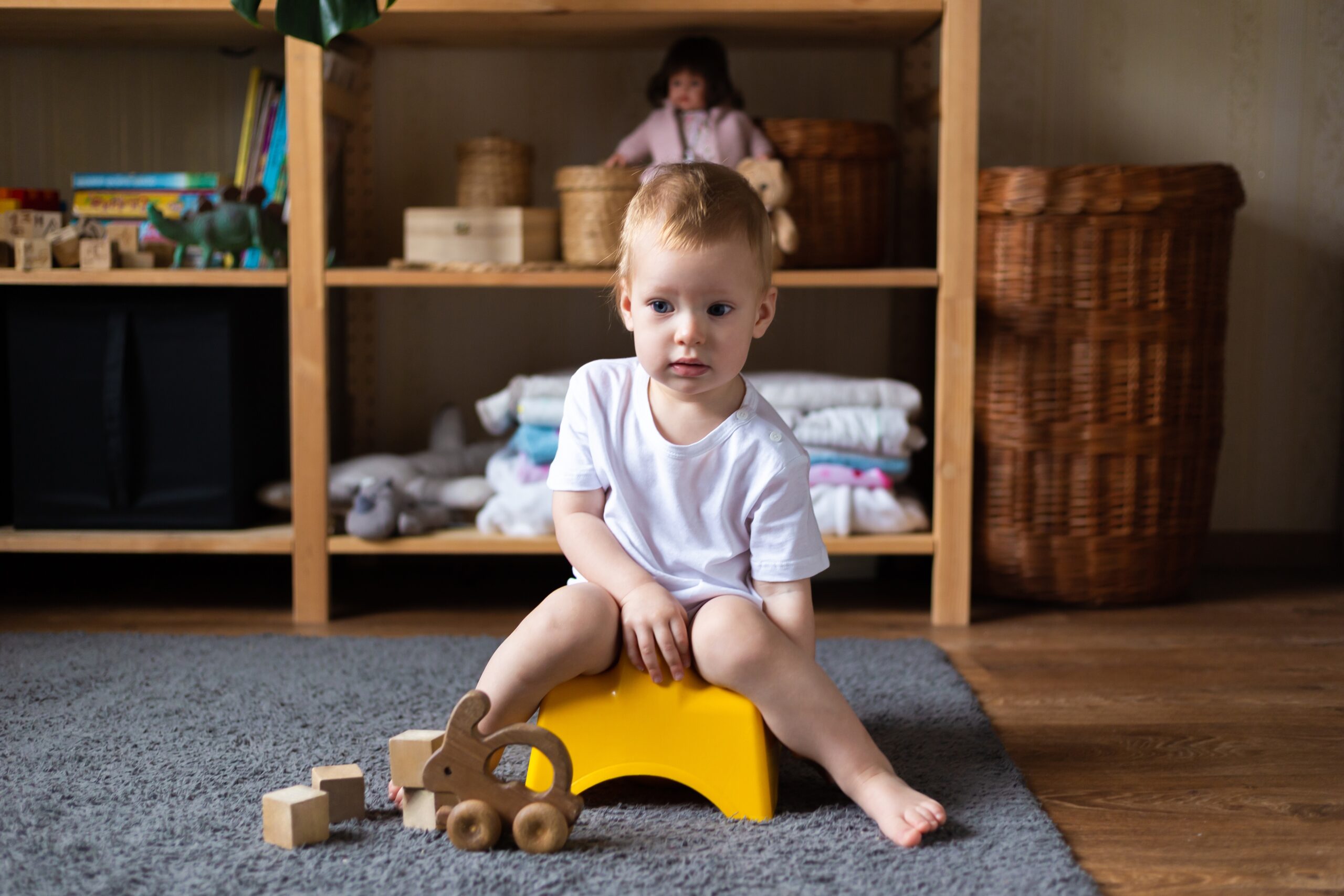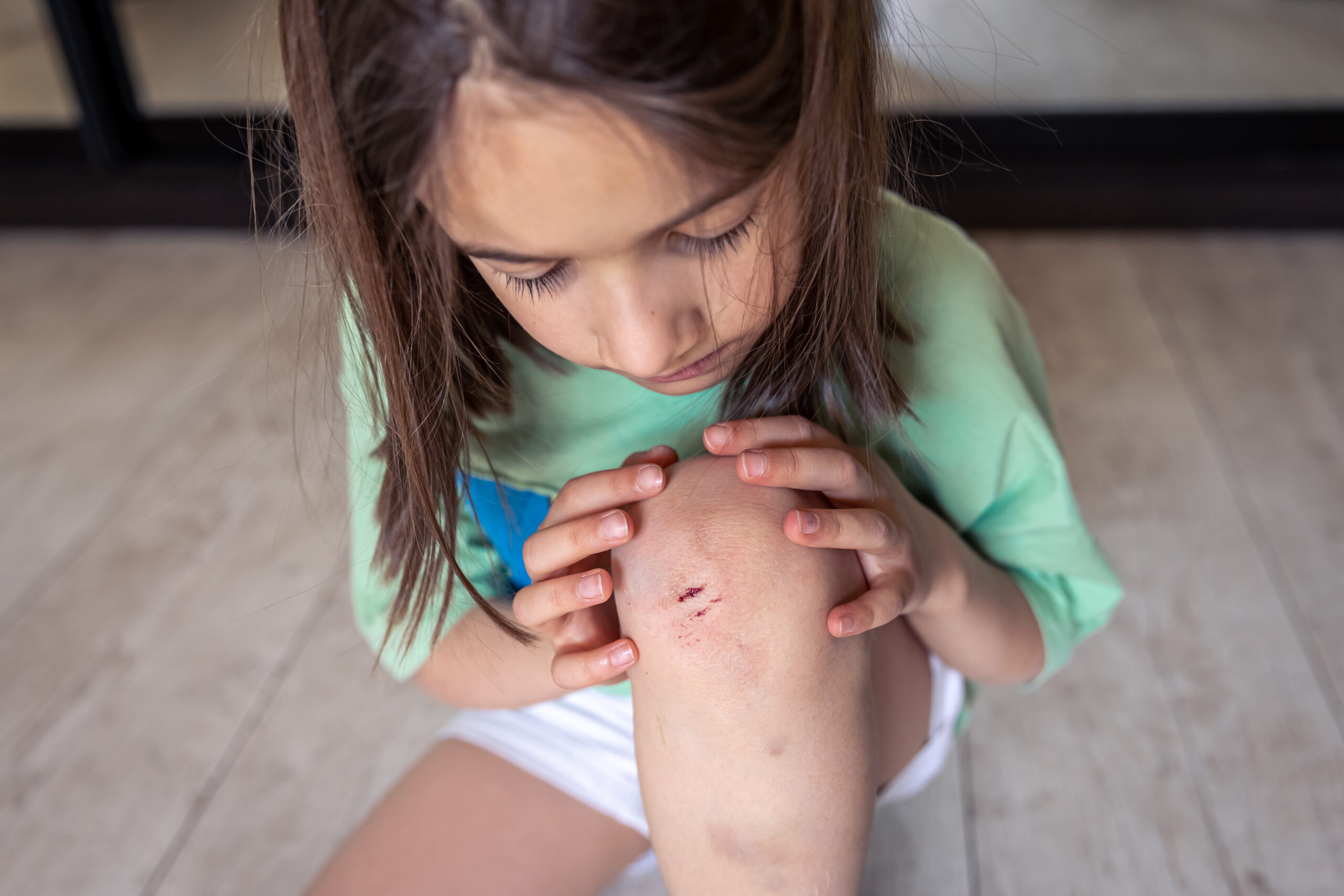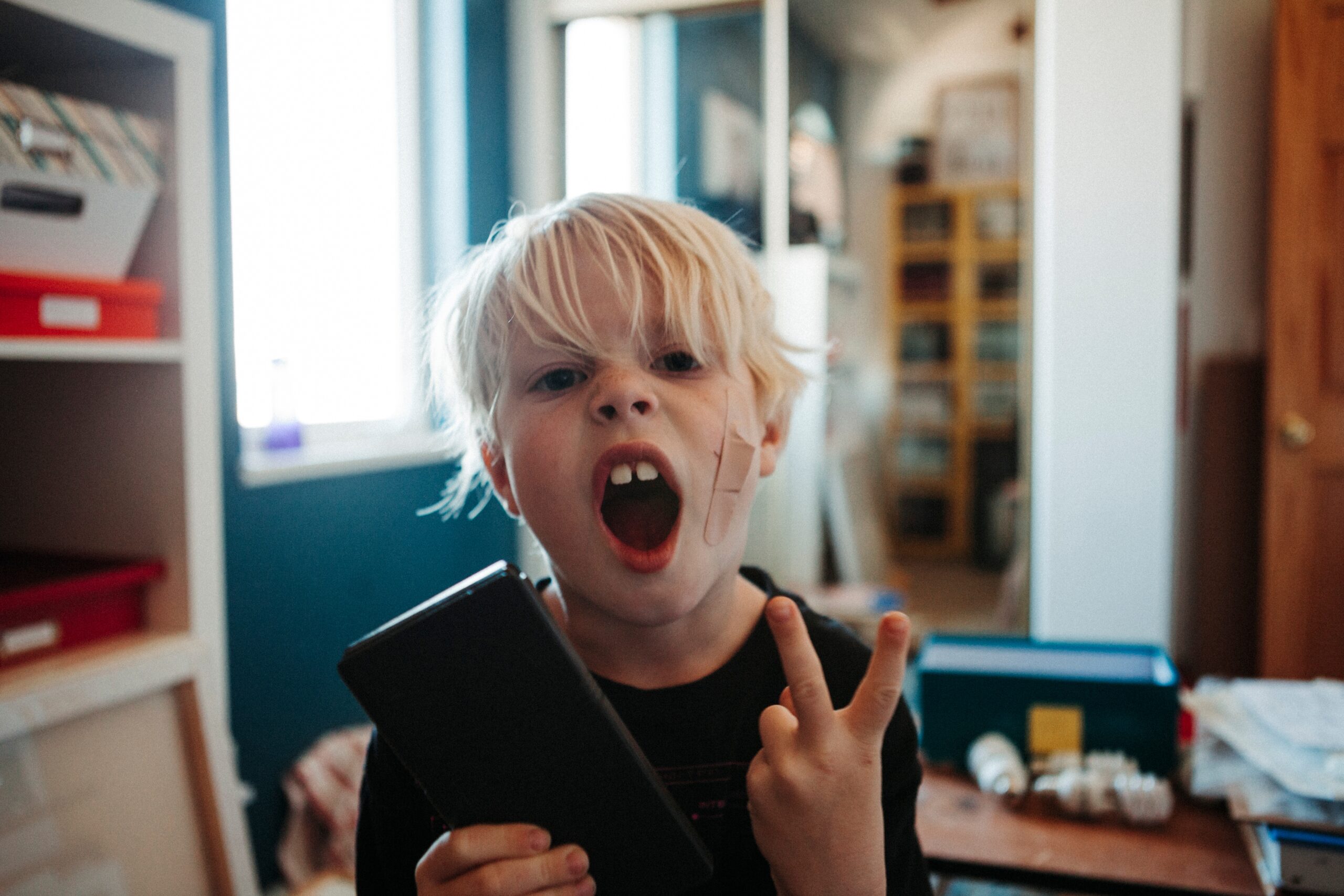Headbanging is a behavior that many parents and caregivers of children with Autism Spectrum Disorder (ASD) find concerning. This self-injurious behavior involves a child hitting their head against a hard surface, an object, or even with their own hands. The intensity, frequency, and context of headbanging in autistic children can vary. Also, while it is commonly observed in children with autism, it is not exclusive to them.
Understanding the underlying reasons behind headbanging in autistic children is essential for managing it effectively. This behavior can lead to physical harm, including bruises, cuts, and in severe cases, concussions. Addressing headbanging requires a structured approach that prioritizes the child’s safety and emotional well-being.
Understanding the Reasons Behind Headbanging
All behaviors serve a function, and headbanging is no exception. Identifying the reason behind the behavior is key to managing it effectively. Some common reasons include:
1. Sensory Stimulation
Children with autism often have sensory processing differences. Some may find headbanging soothing because the vibrations or pressure help them feel calm during sensory overload. The repetitive motion may also provide a sense of control in an overwhelming environment.
2. Escape or Avoidance
Headbanging can serve as an escape mechanism. If a child finds a task, demand, or situation overwhelming or undesirable, they may resort to headbanging to avoid it. This is particularly common in children who struggle with transitions or unexpected changes.
3. Attention-Seeking
Some children may engage in headbanging to gain attention from caregivers, teachers, or peers. Even negative attention, such as scolding or showing concern, can reinforce the behavior, making it more likely to persist.
4. Access to Desired Items or Activities
Headbanging may be used as a way to gain access to a preferred object, activity, or food. If a child learns that engaging in this behavior leads to receiving what they want, they may continue doing it as a means of communication.
5. Communication of Physical Pain or Emotional Distress
In some cases, headbanging can indicate physical discomfort, such as a headache or an ear infection. It may also be a way for the child to express emotional distress, frustration, or anxiety when they lack the words to communicate their feelings.
Strategies for Managing Headbanging in Autistic Children
Once the function behind the headbanging behavior is identified, caregivers can implement effective strategies to reduce and replace the behavior with safer alternatives. Below are some approaches to consider:
1. Reduce Triggers and Create Predictable Routines
- Establish a structured daily routine to reduce anxiety and uncertainty.
- Use visual schedules, timers, or first-then boards to help the child anticipate transitions and upcoming activities.
- Provide calming tools, such as noise-canceling headphones or a designated quiet space, if sensory overload is a trigger.
2. Offer Alternative Ways to Meet Sensory Needs
- Introduce weighted blankets, vibration toys, or deep-pressure activities to provide calming sensory input.
- Offer alternative sensory activities like squeezing stress balls, swinging, or using fidget toys.
- Encourage the child to request a break using visual cues, gestures, or words instead of headbanging.
3. Teach Appropriate Ways to Gain Attention and Communicate Needs
- Show the child how to gain attention appropriately by raising their hand, tapping gently, or saying “Look at me.”
- Use a Picture Exchange Communication System (PECS) or sign language to help them express their needs.
- Reinforce and praise appropriate communication efforts while minimizing reinforcement of headbanging.
4. Reinforce Positive Behaviors
- Reward the child for using appropriate coping mechanisms instead of headbanging. For example, if they ask for a break instead of banging their head, immediately allow the break and praise them.
- Use a reinforcement system, such as stickers or tokens, to encourage desirable behaviors.
- Avoid giving excessive attention to headbanging, as this could unintentionally reinforce the behavior.
5. Ensure the Child’s Safety
- Place soft padding or mats on hard surfaces to minimize injury if headbanging occurs.
- Guide the child calmly to a safer area without reacting with alarm.
- Avoid making eye contact or reacting strongly to headbanging episodes, as this may reinforce the behavior.
6. Teach Emotional Regulation Skills
- Help the child identify emotions that lead to headbanging. For example, if frustration triggers the behavior, teach them to say, “I am mad.”
- Introduce self-soothing techniques such as deep breathing, squeezing a stress ball, or using a weighted lap pad.
- Model and practice coping strategies during calm moments to prepare the child for challenging situations.
7. Gradually Expose the Child to Triggers
- If transitions are a trigger, start with very short transitions and gradually increase their duration while reinforcing calm behavior.
- Use social stories or role-playing to prepare the child for situations that have previously led to headbanging.
- Reinforce calm and appropriate behavior consistently.
Individualized Approach for Each Child
Managing headbanging in autistic children requires patience, consistency, and a tailored approach. Since every child is unique, there is no one-size-fits-all solution. Interventions and strategies should be adjusted based on the child’s specific needs and circumstances.
It is important to collaborate with therapists, educators, and medical professionals to develop an effective intervention plan. By understanding the root causes of headbanging and implementing appropriate strategies, caregivers can help children find healthier ways to express themselves and cope with their environment.
Also read: How to Manage Verbal Aggression in Autism
About Olga Sirbu
My name is Olga Sirbu, I am a Board Certified Behavior Analyst (BCBA) and Licensed Applied Behavioral Analyst. My goal is to support and empower families and individuals on the autism spectrum.
Autism Advance is dedicated to training parents and caregivers, providing practical tips, and teaching individuals how to educate kids with autism.
I share evidence-based practices to help you better understand and support individuals with autism. Learn practical strategies to help individuals with autism reach their full potential, as well as gain a deeper understanding and acceptance of autism.
Thank you for considering Autism Advance as a resource for your autism journey.







